Here is the ultimate Guide about Fish Farming, Fish Feed and Fish Reproduction. Let’s move on…
Introduction
When it comes to farming, a person usually does not think of farming fish. I’m from the Midwest, and when I think of agriculture, I think of wheat, corn, and soybeans. Fish farming is a huge industry in the United States.
Fish Farming
Fish farming is known as aquaculture and involves raising fish for commercial purposes in enclosures or tanks, often for food. This aquaculture can also be defined as increasing the number of fish or releasing young fish into the water for recreational fishing.
As fish and their protein are increasing, so is the appeal of many people to make a living. This source of income also offers another source of income for fish marketers. The most commonly used fish species in fish farming are salmon, catfish, and tilapia.
To set up a fish farm, you first need to develop a business plan and marketing strategy and then find financial resources. You need more than luck to succeed in the affiliate business. You need JavaScript enabled to view it.
There are two different types of fields
The first type, widely known as aquaculture, is raised in a controlled area (usually like a pond) and fed food pellets that are the main source of food. If you’ve ever been to Missouri or Arkansas, keep an eye out for local fish farms. The second type of fish farming is called active aquaculture. This type of farming is done with less water control in the body, and the fish are fed naturally
Fish Farming in the world
The purpose of fish farming is to raise fish commercially in tanks or closed structures known as enclosures for human use.
There are different types of fish farms that use different methods of aquaculture.
Cage system
The first method is a cage system that uses cages that are placed in lakes, ponds, and seas that contain fish. This method is also called off-coast farming. The fish is caged like a skeleton and “artificially fed” and cut. Fish farming cage methods have made a number of technological advances over the years, especially with the reduction of diseases and environmental concerns. However, the first concern of the cage method is the escape of fish and the slowdown in the wild fish population.
Irrigation ditch or pond system for raising fish
The second method is an irrigation ditch or pond system for raising fish. The basic requirement of this method is to dig water or have a pond. This is a unique system because, on a small scale, the fish are fed artificially, and then the waste from the fish is used to feed the farmers’ fields. Largely, in most ponds, the pond survives on its own as it grows fish and plants and algae.
Composite fish culture
The third method of fish farming is called composite fish culture, which is a type of fish that can coexist with two species of fish and both types of imported fish and put in the same pond. Fish species are always carefully selected to ensure that the species can remain mixed and reduce competition for food.
Integrated recycling system
Another method is an integrated recycling system, which is considered to be the largest measure of “pure” fish farming, he said. This approach uses large plastic tanks placed inside the greenhouse. There are hydroponic beds near the tanks which are made up of plastic material. The water in the tanks is gradually circulated to the hydroponic beds again and again, where the food of the fish-wasting plants is fed to the crops that grow in the hydraulic beds. Most types of plants that grow in hydroponic beds have herbs such as parsley and basil.
Classical fish farming
The last type of fish farming method is called classical fish farming. This method is also called “system flow.” This is when the fish species in the game are picked up from the eggs and released into the rivers.
Many different types of fish are reared on fish farms, the most commonly grown spices being salmon, carp, tilapia, catfish, and cod.
Catfish farming
Cut fish is easy to grow in hot climates. Catfish are mainly farmed in freshwater ponds and are mostly fed soybeans, corn, and rice. For fish farming purposes, catfish is considered to be one of the most endangered fish. Catfish were first cultivated in the 1900s and commercialized in the 1950s. Catfish is populated due to its health benefits and market demand. Farm reared catfish are usually harvested at the age of 18 months, where wild catfish are usually overgrown. There are several types of catfish, but the three most prominent are the blue catfish, the channel catfish, and the flat-headed catfish.
Tilapia farming
The tilapia is the third most popular fish used in farming or aquaculture, the first two being carp and salmon. Their popularity has increased due to their high protein, large size, and growth potential. The tilapia is a tropical fish that needs warm water for its survival. The ideal water temperature for tilapia is usually between 28 and 30 degrees Celsius. The tilapia fish is known to reproduce rapidly and it is used in agriculture for the management of tilapia fish species. There is a challenge. If not properly managed, fish will compete aggressively for food, which can lead to stable growth. Therefore, men are used almost exclusively. Tilapias are very much resistant to diseases and parasites. Tilapia fish need a grain-based diet and do not eat other fish, but are also considered one of the most offensive species of fish.
Salmon farming
Salmon is one of the most popular species of fish, with the largest farm being the Atlantic salmon. There are two other types of Pacific salmon that are cultivated. Cultivated salmon are vaccinated to prevent the spread of the disease and only rarely do they need additional medication. There are often questions about the different colors between wild and farm salmon. Farm salmon are not colored; their color comes from their food. Salmon feed has been developed to conserve wild fish stocks
Tuna Farming
Tuna fish are freshwater fish and are important in the commercial fish farming industry. Japan is the largest consumer of tuna and has done considerable research in the study of fish. There are different types of tuna, including bluefin, yellowfin, and albacore. Bluefin tuna populations have declined significantly in some areas due to overfishing. Farming tuna is complicated because the fish are “massive” and very active – so it is very difficult to mimic their natural environment. Most of the tuna used by humans are trapped in the wild and picked up in a weight-bearing facility. Tuna are carnivores and eat other fish. Tuna is usually grown on net-pen beaches and in some cases, in recycling systems.
Eel Farming
Eel fish farming began in the early 1950s. However, the price of profit is largely in Asian markets not in other markets, and this culture is specific. The eel is a carnivorous and deadly fish, which means that when they are young they live in freshwater, but when they are mature they migrate to the sea for breeding. 8 Before migrating from here, Spend 8 to 30 years in freshwater. Most of the ale farming takes place in Asia, with China, Japan,
and Taiwan becoming the largest producers. Glass eels are preferred over eels because they are easier and easier to wean in artificial diets. El farming can take one of two different forms.
Aquafarming (A most advanced type of fish farming)
Aquaculture which is also known as “aqua farming” is related to the cultivation of aquatic organisms such as fish. The farming aspect of aqua farming includes some aspects of interfering with the natural growth process to increase yields. According to the Food and Agriculture Organization of the United Nations, aquaculture has tripled in comparison to land-based animal husbandry.
Fish farming supplies
The aquaculture industry needs to be supplied with fish farming. Supplies include feed and feeders, filtration systems, hatchery supplies, heating and cooling systems, lighting, hydroponics equipment, plumbing, hunter control, tanks, and water treatment products, to name a few.
Feed and the quality of feed are important in fish farming, and it is very important for the health of the fish. Depending on the feed provided, it can help with desired color, growth and overall health and well-being
Water Filtration Systems
Water filtration systems are important when trying to minimize environmental impact. Filtration involves removing waste products from the water. There are many different types of filtering systems that can be used.
Hatchery supplies include fish graders, spawning, and container handling equipment.
Predator control tools are used in fish habitats, often involving the use of physical detergents that may include visual and audio detergents.
Indoor fish farming
Indoor fish farming is an alternative to outdoor fish farming in the cage system. With the advent of technological advancement, it is now possible to raise indoor fish using appropriate production methods of control. Indoor fish farming is often very difficult and tough and in some cases allows the automatic collection of fish waste and processing into crop fertilizers. The advantages and disadvantages of indoor fish farming are:
Benefits in Indoor Fish Farming
- Fish are protected from predators and climate change.
- Temperature Fish are often produced rapidly through temperature control, water quality, and feeding methods.
- Indoor fish farming is thought to be more environmentally friendly because it requires less water and produces less waste.
- Avoids the possibility of wild fish escaping and adapting to wild fish populations.
- The stock allows higher stock density and often saves labor input costs.
- This allows greater flexibility for most convenient locations, which can save on transportation costs when facilities are located close to markets.
Disadvantages of indoor fish farming
- Electricity Input costs are required.
- Infrastructure requires a setup that often requires a significant amount of startup capital.
- Indoor fish are carnivores, requiring large quantities of other fish for their diet.
Tell us in the comments how you like our article, “Guide about Fish Farming, Fish Feed and Fish Reproduction”
FOR MORE INFORMATION LIKE THIS CLICK HERE
FOR SOURCE FILE CLICK HERE




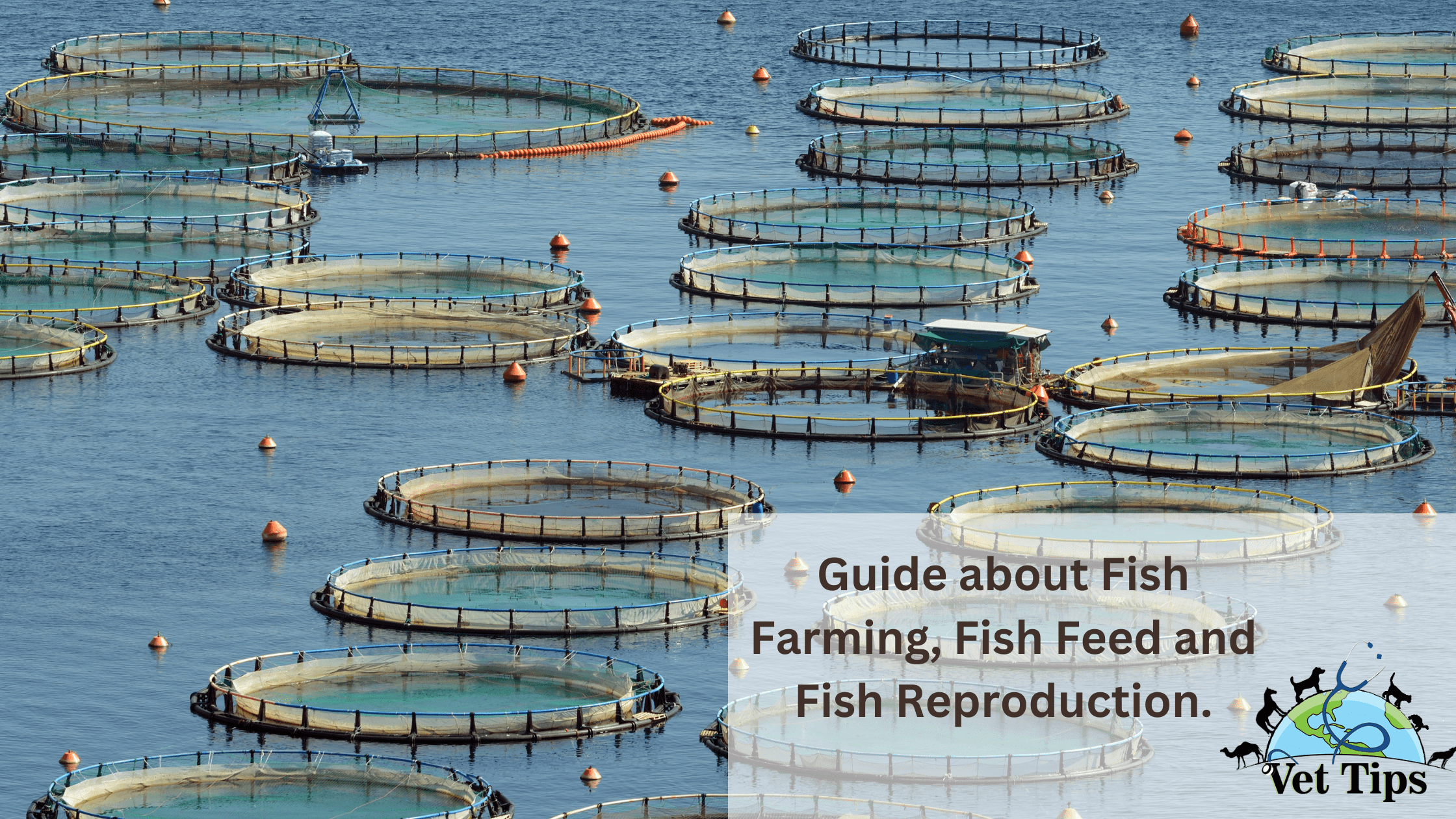
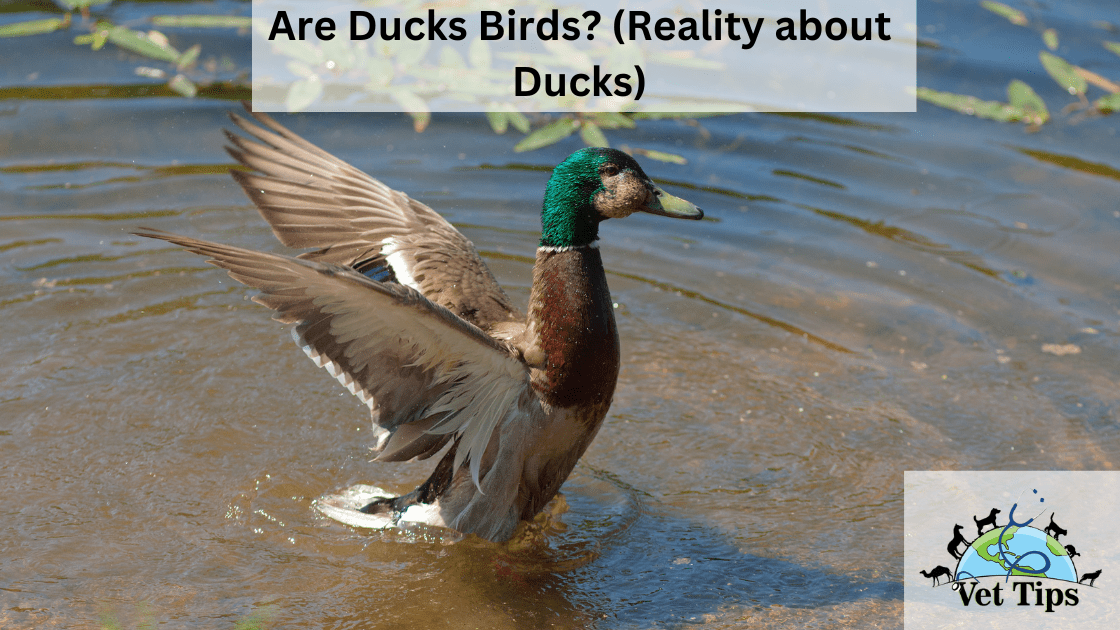
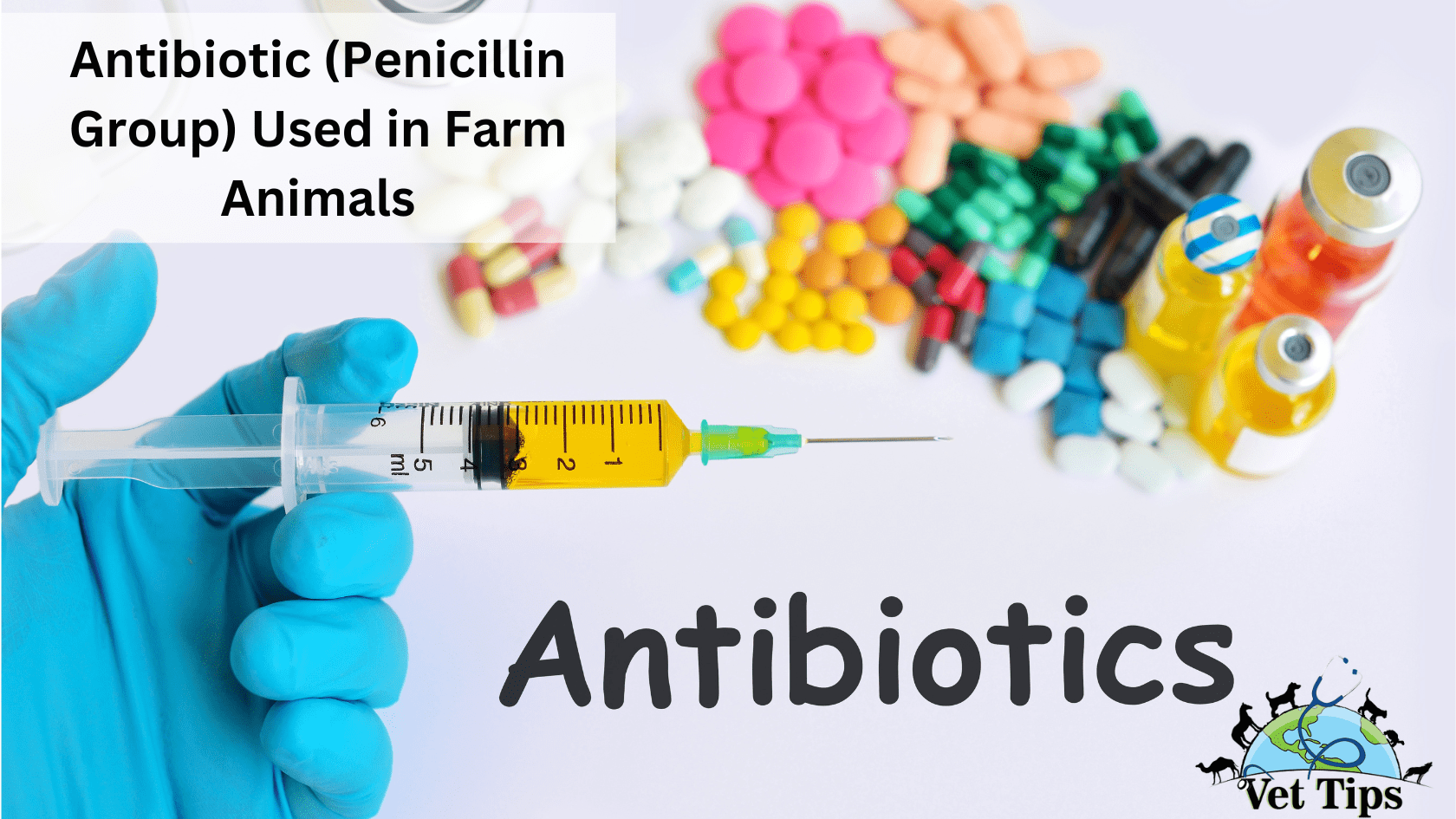
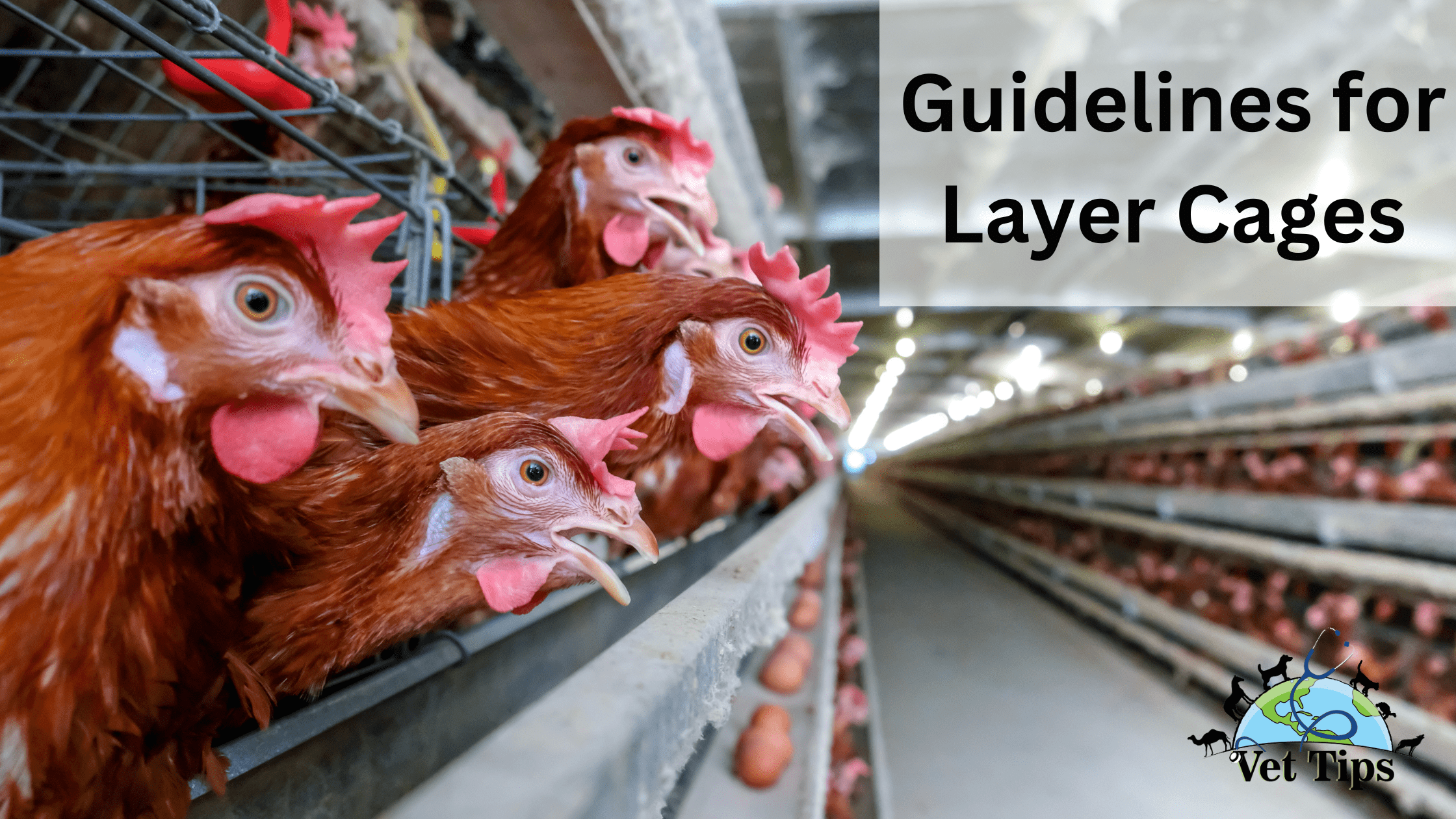
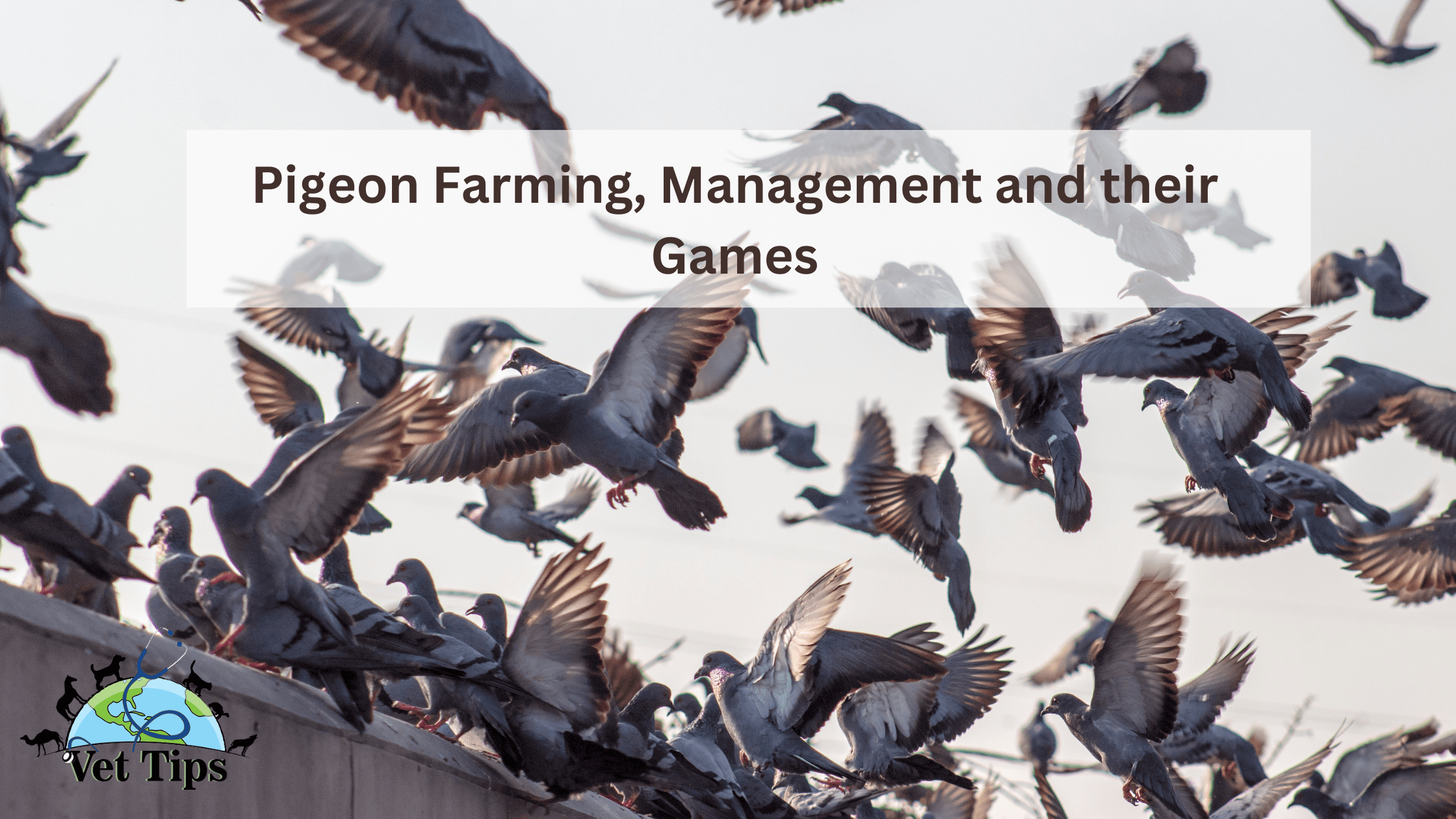
One thought on “Guide about Fish Farming, Fish Feed and Fish Reproduction”